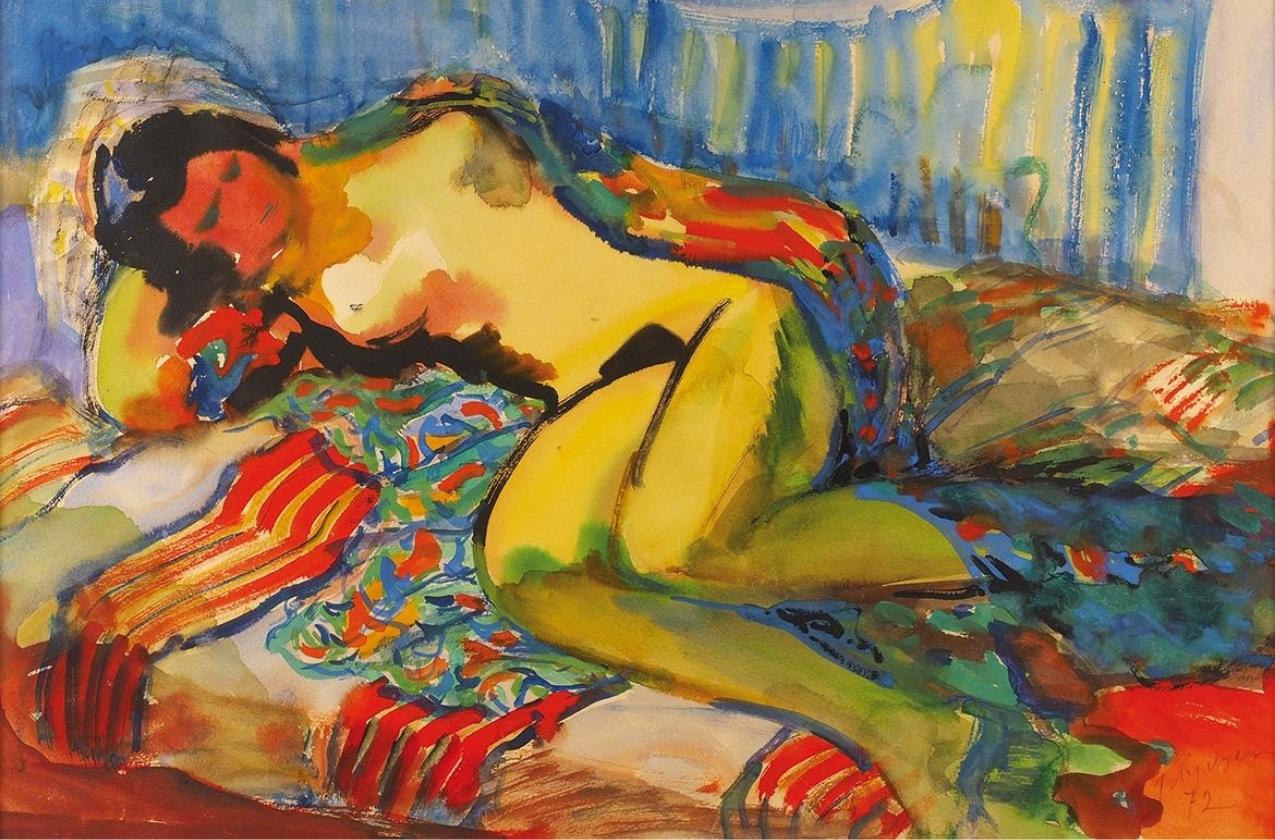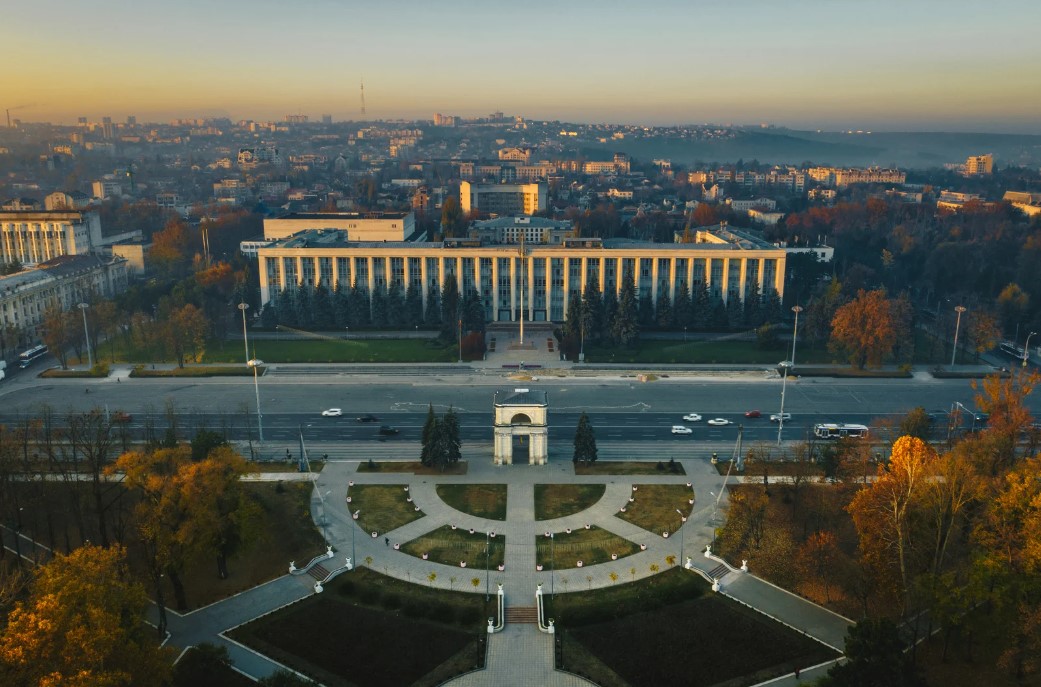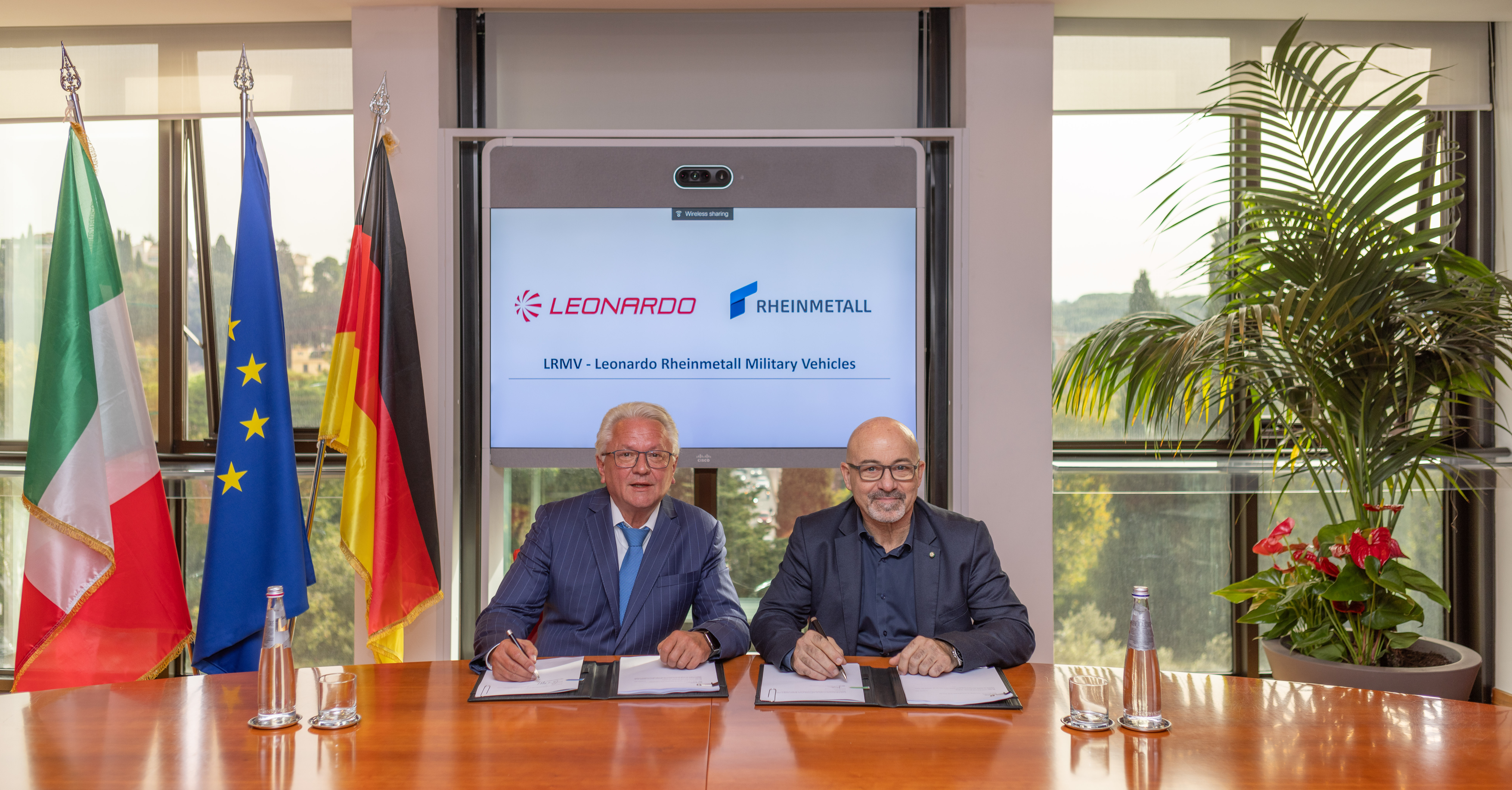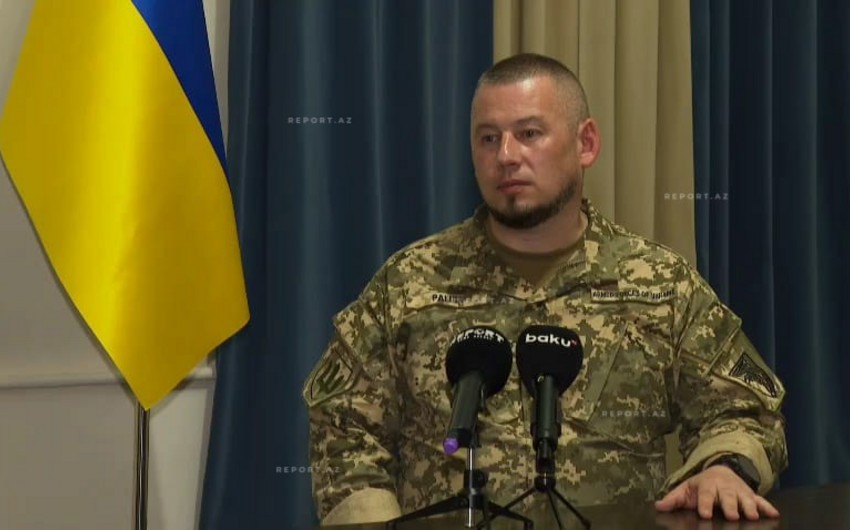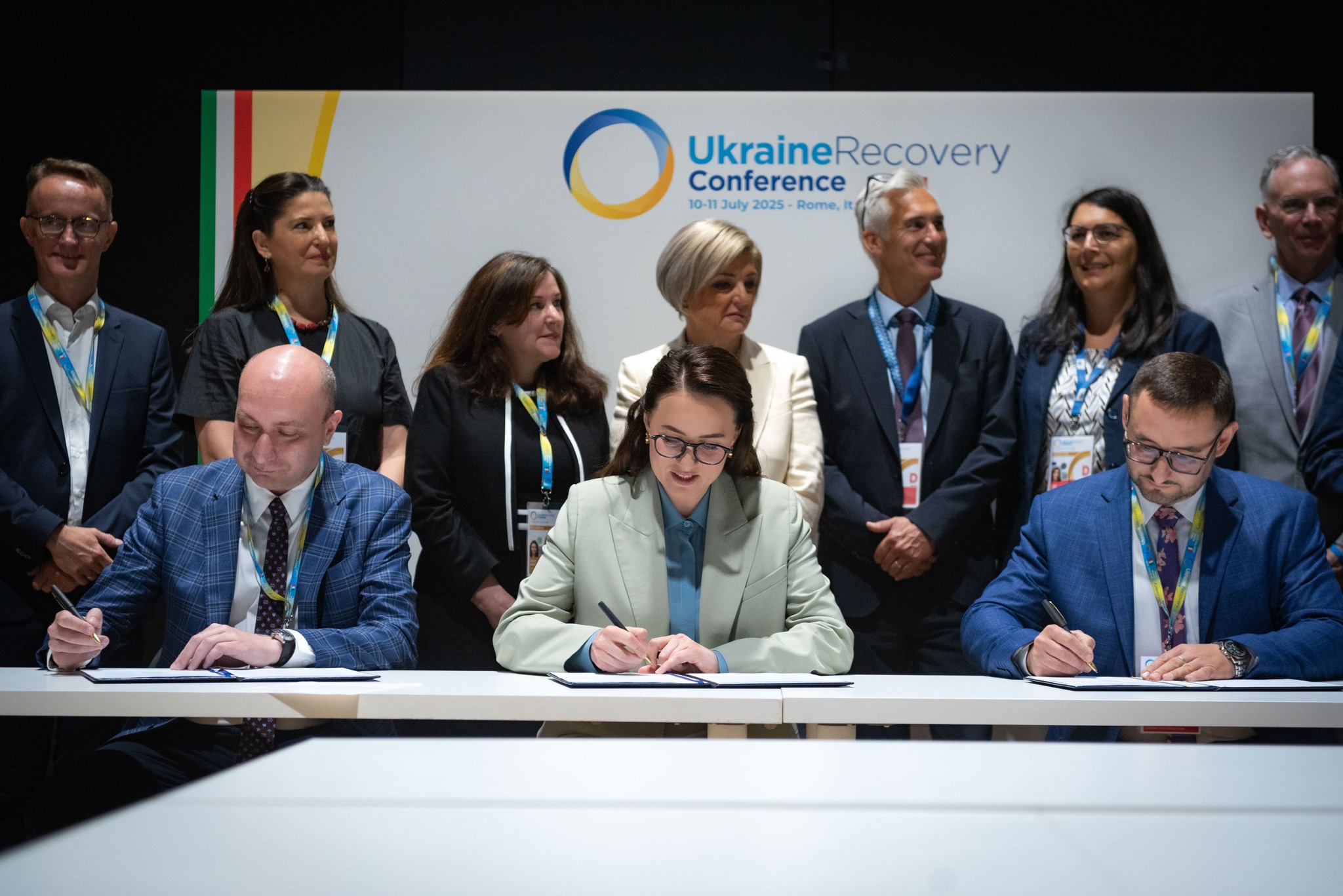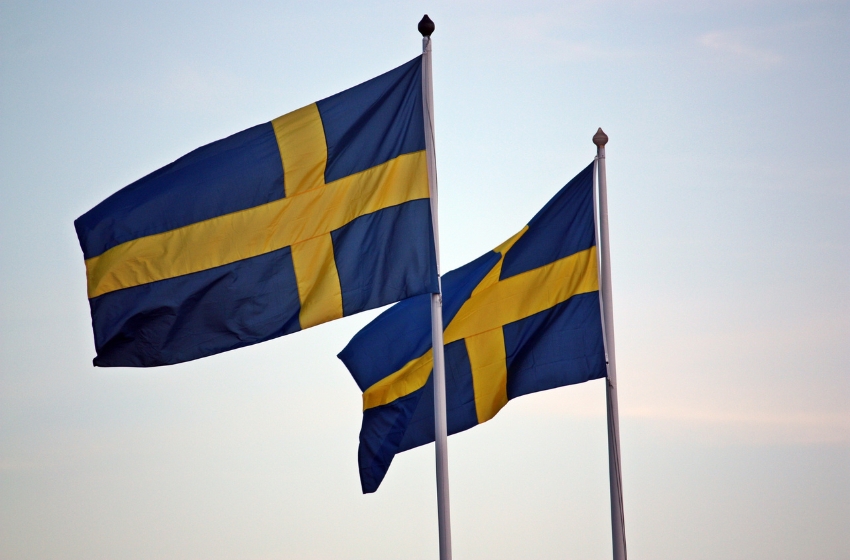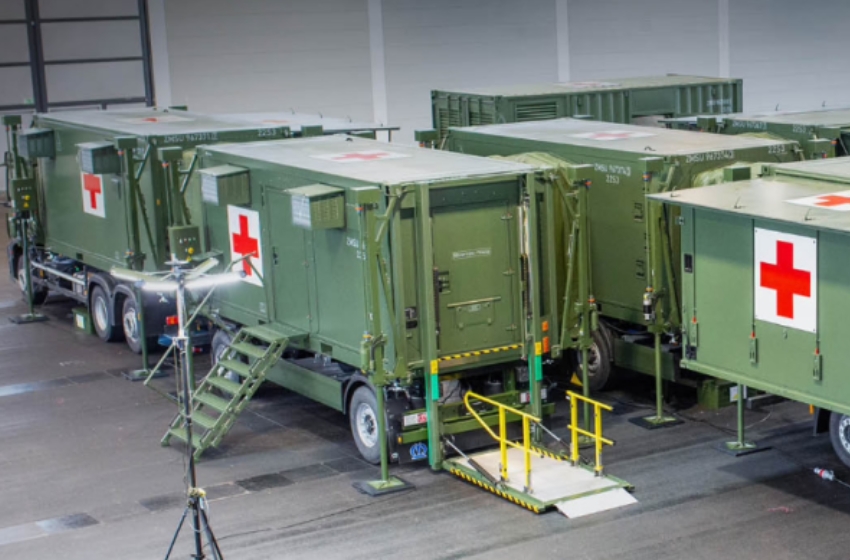Nikolay Petrovich Glushchenko: an artist and spy, whose works were admired by Europeans. On November 25, the exhibition "Last Freedom" was opened at the Odessa Fine Art Museum. Here are the late sketches of Nikolay Glushchenko.
The exhibition at Odessa Fine Art Museum will feature 31 works by Nikolay Glushchenko from the Odessa Fine Art Museum collection: graphics and painting; still lifes, landscapes and nude of the late period, when the artist departed from realism, and his works were more than ever filled with impressionistic sensuality.
About Nikolay Glushchenko
You can make a film about this legendary person, it would be no less exciting and colorful than the tapes about the legendary agent 007.
“Great athletic physique, all muscular. He is a champion in athletics, and as a swimmer surprises even those who grew up by the sea. And in the evening, wearing a tuxedo, he turns into a secular man, who revolves around the international community in his hotel, "- wrote about him in 1936, the Parisian newspaper" Nouvelle Journal Literary ".
Please meet: Nikolay Petrovich Glushchenko, People's Artist of the USSR, laureate of the Shevchenko State Prize of the USSR, the glory and pride of Ukrainian fine arts, "Ukrainian Monet", and a Soviet spy who worked under the pseudonym "Yarema".

The Cossack descendant spent his childhood on the unbridled rapids of Zaporozhye, was brought up on legends and songs. After the death of his father, he and his mother moved to Yuzivka (Donetsk), where he graduated from commercial school in 1918 and planned to enter the Kharkov Higher Technical School, but fate was changed by the whirlwind of war. 18-year-old Glushchenko was mobilized into Denikin's army, as part of which he was interned in the Schelkiv camp in Poland, from where Glushchenko fled to Berlin. There he graduated from a private art school and academy.
In Berlin, Glushchenko met the future writer and film director Alexander Dovzhenko, then a Soviet diplomat, who recruited the novice artist to Soviet intelligence.
In 1924, Glushchenko moved to Paris. There, at 23 Volonteriv Street, with the support of Hetman of the Ukrainian People's Republic Pavlo Skoropadsky, he opened an art studio, which was visited by leaders of Ukrainian emigrant groups: one of the founders of the OUN Dmytro Andrievsky, Colonel of the Ukrainian Galician Army Vasyl Vyshyvany.
An active secular and bohemian life helped Glushchenko gather information about the activities of "hostile anti-Soviet and nationalist organizations."

At the same time, Glushchenko befriended the writer Volodymyr Vynnychenko. It is believed that supervising him was one of the tasks of Yarema's agent. Vynnychenko once asked Glushchenko to paint his dacha, and Glushchenko painted it with portraits of Ukrainian hetmans.
Glushchenko and Vynnychenko were personally acquainted with Pablo Picasso and Henri Matisse, although they did not accept Picasso's work at all. And during the artist's first exhibition in Paris, they even threw rotten apples and eggs at him and visitors. Interestingly, the first nudist beach in Paris was organized by Glushchenko and Vynnychenko.
After Hitler came to power, Glushchenko, on behalf of the Soviet leadership, focused on gathering information about the military-industrial complex of Germany. Thanks to his connections, the Center in Moscow received secret drawings of 205 types of military equipment, including fighter engines.

A copy of Yarema's report was kept in the State Archives of the Security Service of Ukraine, in which he stressed that despite the friendship agreement concluded with the USSR, the German government was actively preparing for war against the Soviet Union.
According to Yarema, German-Ukrainian pocket dictionaries for infantry and pilots, detailed topographic maps of the entire territory of Ukraine, military topographic, economic and political surveys of its regions were published in Germany under conditions of extreme secrecy.
Interestingly, the report reached Stalin on June 10, 1940, five months earlier than the radiogram from Japan sent by Richard Sorge on November 18.

In the early 1940s, Soviet intelligence commissioned Glushchenko to organize an exhibition of Soviet fine art in Berlin. On the last day of the event, the event, where the landscapes of Agent Yarema were exhibited, was attended by the top leadership of the Third Reich.
On the last day of the Berlin exhibition, it was visited by the top leadership of the Third Reich, headed by Foreign Minister Joachim von Ribbentrop. Addressing Mykola Glushchenko, he said that Hitler highly valued his talent. He considers him one of the best landscape painters in Europe and presents an album of lithographs of his best watercolors.
Later, Glushchenko handed over the album to Stalin, who expressed a desire to get acquainted with the work of the Fuhrer. After Glushchenko's death in 1977, it turned out that only one page from the album had returned to him.
When the war broke out, Glushchenko moved to Moscow, where he lived in a room in a communal apartment of 9 square meters. m. He left intelligence and devoted himself entirely to the main vocation of his life: the fine arts. During this period, Glushchenko created paintings in the style of socialist realism: "Lenin at the Wall of Communards", "Defense of Moscow", etc.

In the art world, he is known primarily as a landscape artist. To this day, his Impressionist works, made in his early years and adulthood, are in great demand. Shortly before his death, the artist selected 250 paintings painted in the 1950s, which, in his opinion, "do not reflect Glushchenko," and asked his wife to burn them. She did not comply with the request, promising that these paintings would never be exhibited.
Maksym Rylskyi, who was in love with the artist's landscape, wrote: I walked alone along the path, singing softly… Water - and water, as they say, is one of the "stumbling blocks" for the artist - water, painted by Glushchenko, from time to time makes me, an avid fisherman, think about the rod, shout out loud: " This is probably a great way to catch redfish! â€
According to various sources, Mykola Glushchenko painted more than 10,000 paintings during his lifetime. Most of them are landscapes. His works are stored in private collections and exhibited in museums in Ukraine, Russia, France, Germany, USA, Canada and more.
Sourse: Artslooker









